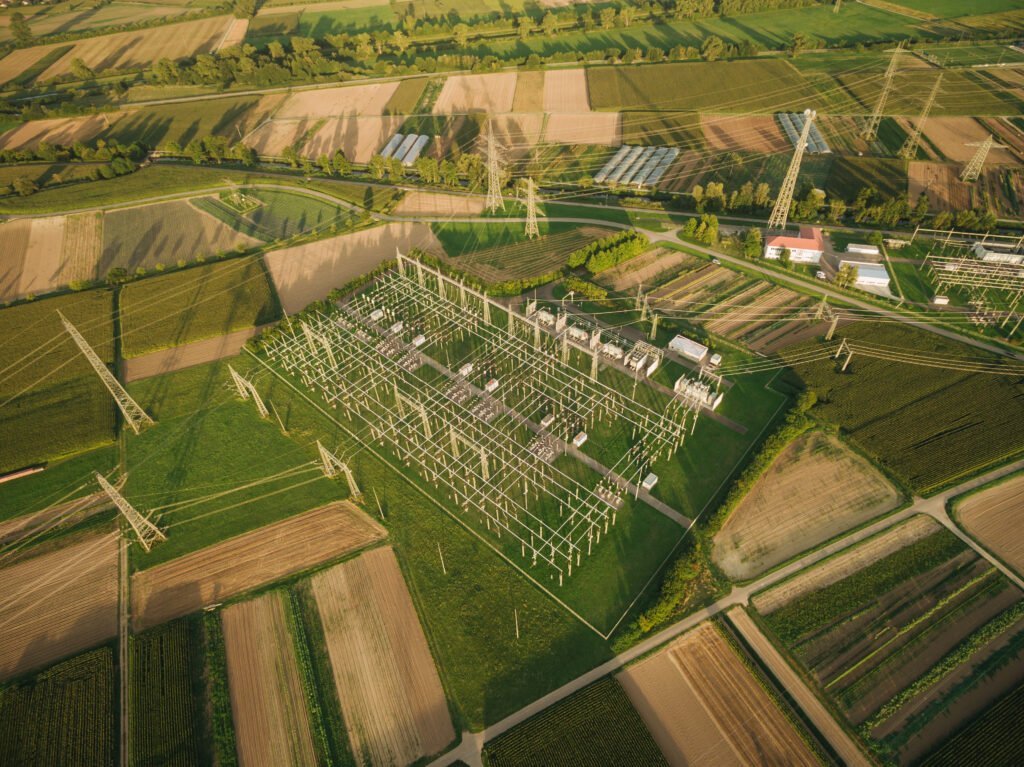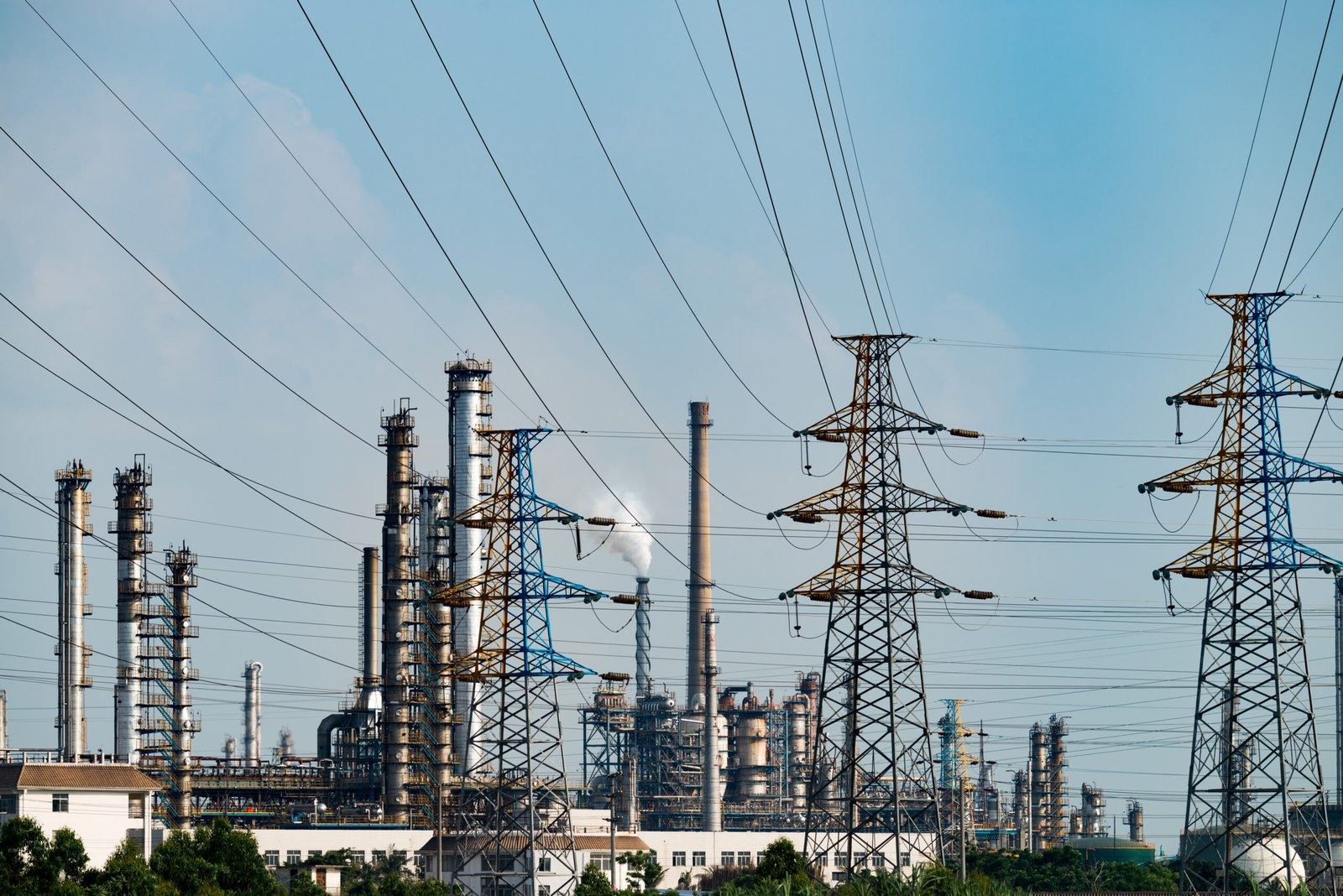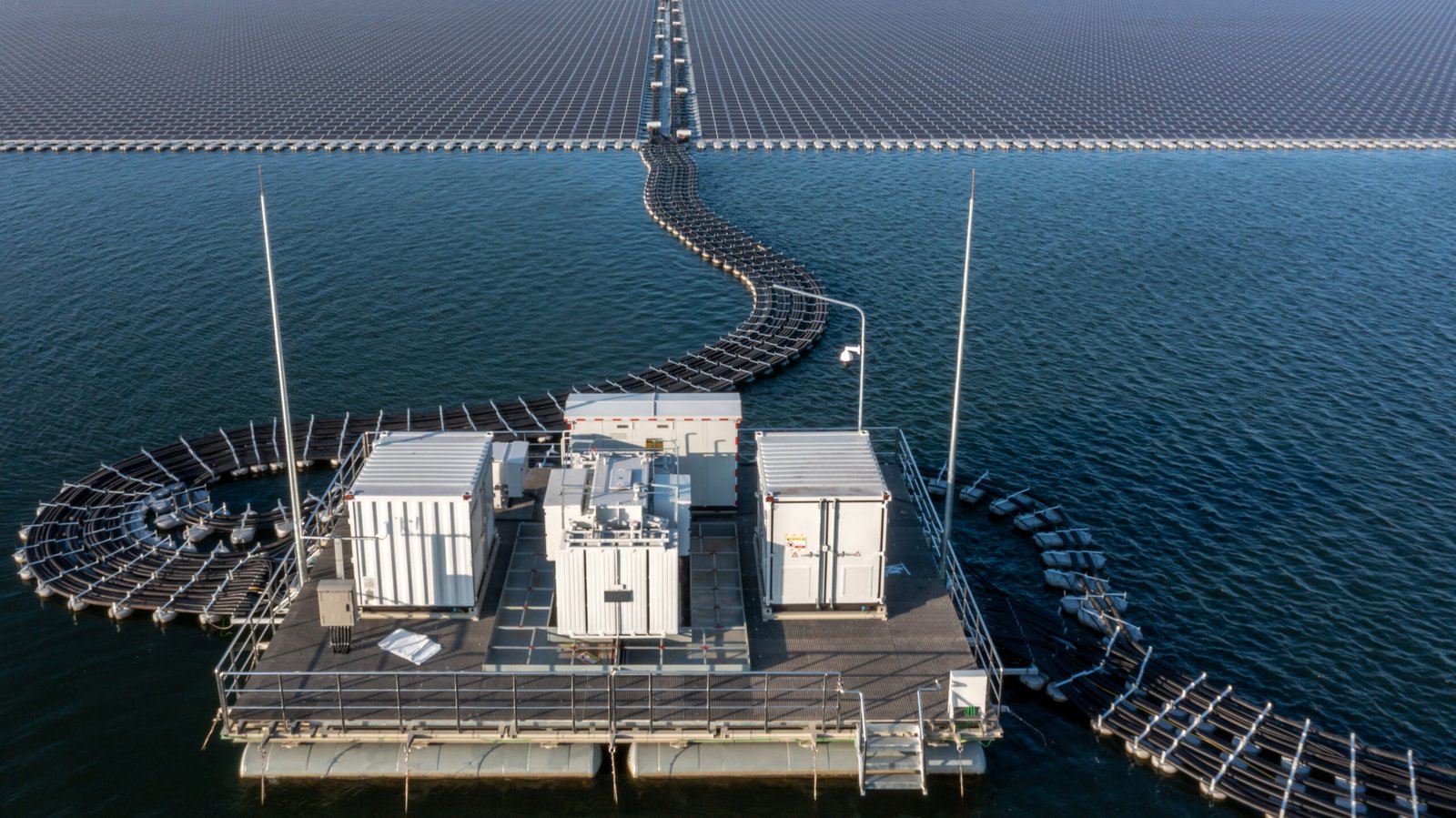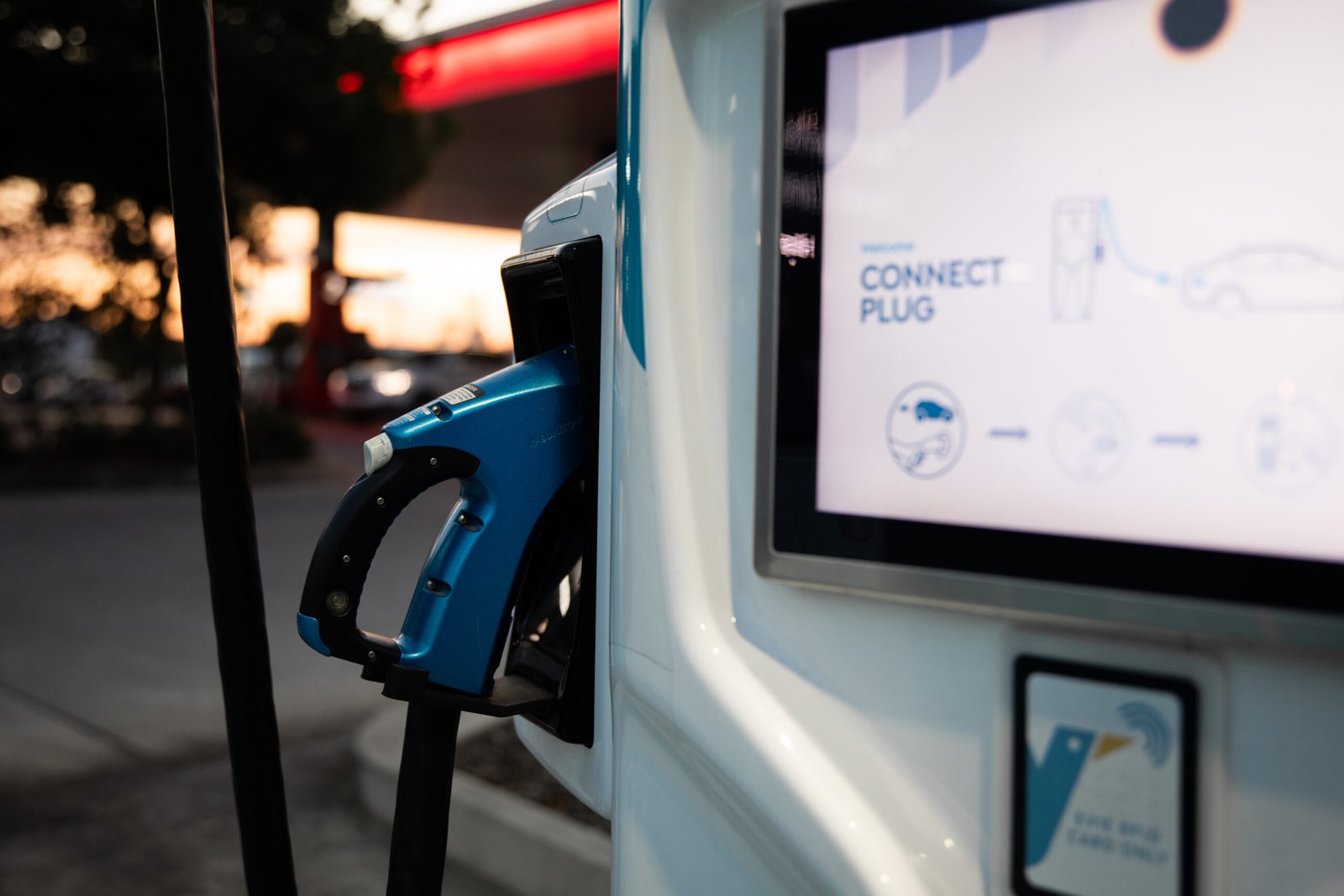Power-to-X: From Renewable Energy to Hydrogen, Fuels, and Beyond

Global energy is witnessing immense growth in the renewable energy sector due to its affordability, driven by technology innovation, growing adoptions, and falling costs. Additionally, the benefits it offers, such as environmental protection while supporting the net-zero targets of governments worldwide.
While renewable energy is gaining momentum across various regions, it also faces the challenges of intermittency. Energy intermittency refers to the phenomenon when renewable energy resource does not consistently produce energy due to environmental and seasonal factors. As a result, the energy generated does not meet the requirements. Additionally, there are also problems with surplus intermittency, when more energy is generated than the energy consumed at any given time.
What is Power-to-X?
Power-to-X (PtX) acts as a bridge between renewable energy sources (solar, wind, and hydropower) and consumers of other forms of energy. It transforms energy from renewable sources to chemical sources, with Hydrogen and its components as the main ingredient.
To solve the problems of intermittency, the industry is capitalizing on PtX , a mechanism where surplus energy is converted into different forms of energy, such as fuel and chemicals, so it can be effectively stored and used when and where required.
Some advantages of PtX include the following:
- Helps replace fossil fuels with low-carbon-emitting energy, thereby helping organizations achieve their net-zero goals
- Helps reduce overall CO2 emissions by substituting fossil fuels in energy-intensive industries. Replacing it with clean hydrogen projects will reduce carbon content without decreasing the scale of industrial activities
- Helps reduce the amount of renewable energy that is wasted, specifically in times of low demand
What does the X mean in Power-to-X?
The X in Power to X refers to the variety of energy sources, or fuels that are converted from renewable energy sources. Let’s discuss what X means in Power to X terminology in more detail.
E-Methanol
E-methanol is produced using green hydrogen and biogenic CO2 captured from biomass. Its characteristics and applications are the same as traditional Ethanol, but it acts as a green alternative, because it is synthesized in a carbon-neutral way rather than fossil fuels. It can be used in heavy transportation and the chemical industry.
Green Ammonia
Ammonia is a common raw material for fertilizers and a potential clean fuel. Nitrogen is extracted from the air and combined with hydrogen to produce green ammonia, which is also used as an alternative to conventional ammonia. In addition to agriculture, ammonia can also be used as a carrier or direct fuel source to industries, such as power and shipping.
Sustainable Aviation Fuel (SAF)
SAF is a green alternative to petroleum-based jet fuel used to power aviation. It is produced via the Methanol-to-Jet (MtJ) process, which converts methanol into eKerosene. The methanol source can be either green methanol (made from renewable hydrogen and captured CO2) or biomass.
Power to Heat
In this application, the electrical energy produced from renewable energy is directly converted into heat, which is used for industrial processes. This allows surplus energy to be used, replacing traditional fossil fuels. Renewable electrical energy can be used in electrical heating elements or heat pumps.
Process Chain for Power-to-X
The Power-to-X process involves a step-by-step approach to convert renewable energy into the desired fuel.
Renewable Energy Generation
Renewable energy generation is the first step in the PtX process. Any surplus from a renewable energy source, such as solar or wind, can be used.
Electrolysis
Renewable energy is then used to perform electrolysis in an electrolyzer breaking water in hydrogen and oxygen. This stage is common in all PtX applications. The hydrogen generated at this stage is called green hydrogen and can also be used as an energy source for specified applications without further processing.
Further Synthesis of Green Hydrogen
The green hydrogen produced can also be further processed to convert it into green fuels, such as E-Methanol and E-Ammonia. The target fuel directs the type of processing required. For example, to produce E-Methanol, hydrogen is processed with CO2.
Technology Enablers for Power-to-X
Some technology enablers for Power-to-X include the following:
Advancements in Electrolysis Technology
Traditional electrolysis technology uses significant electricity energy and is often considered inefficient. This demand can hinder the production of hydrogen, which affects the further processing of the necessary fuel.
Advances in electrolysis technology, such as Proton Exchange Membrane (PEM) and Solid Oxide Electrolyzer Cells (SOECs), help solve this problem. These processes are more efficient and offer a robust response to producing green hydrogen.
Carbon Capture
Carbon Capture and Utilization (CCU) captures carbon dioxide and repurposes it into valuable outputs. When combined with renewable hydrogen from electrolysis, it becomes a key enabler for producing green synthetic fuels.
Carbon can be captured from different sources, such as industrial processes, biogenic waste, or atmospheric air. The source defines which technology will be used for capturing carbon. Some standard capturing technologies include membrane separation, Pressure Swing Adsorption (PSA), Vacuum Pressure Swing Adsorption (VPSA), and chemical looping.
Market Drivers for Power-to-X technologies
Let’s briefly discuss some of the market drivers for the PtX technologies.
Expansion of Renewable Energy Capacity
The advancement of renewable energy is the main driver for PtX technologies. Innovation in renewable energy has increased its affordability, enabling more players to use it.
Surplus energy also becomes available at periods of low demand or when generation exceeds consumption. PTX technologies allow ways to store excess energy, which can provide financial benefits for generators.
Helps Implement Decarbonization Efforts
While electrification is a key driver fordecarbonization, not every industry can rely on it to meet their energy needs. To meet clean energy goals, energy-intensive industries like aviation and shipping rely on PTX technology to generate low-carbon fuels. The fuel generated through PTX technologies is comparable to that of conventional fossil-based fuels.
Adoption of Hydrogen to Create Various Types of Green Fuels
Hydrogen is emerging as an appealing energy carrier for producing green fuels due to its zero-carbon emission. In PtX processes, hydrogen can be generated via water electrolysis using renewable energy. Green hydrogen can be used with locally available carbon sources, such as CO2 captured from industrial emissions and biomass, to produce synthetic fuels, such as e-methanol.
Challenges for PTX Technologies
While PTX technologies offer unique opportunities for energy consumers, they also provide challenges. Let’s discuss some of these:
Higher Cost
The cost of PTX technologies is still significantly higher than that of other fossil-based technologies. Many factors contribute to higher costs, such as purchasing and installing an electrolyzer and the price of renewable energy.
Another major factor is the development of PTX-compliant infrastructure. PTX technologies cannot use the existing infrastructure used in the development of fossil fuel generations and require dedicated infrastructure.
Some PTX required infrastructure includes renewable energy generation, renewable energy transmission (if generation is not at the same place), electrolyzer and associated pipelines, and dedicated storage facilitiesfor hydrogen.
Lower Conversion Efficiency
Another major constraint for PTX technologies is their efficiency issues. Fuels generated from PTX technology have lower efficiency because they involve multiple conversion processes. With each conversion, efficiency is reduced. The efficiency of the total conversion process, from electricity to storage to electricity, is much lower than that of other energy resources, such as fossil fuel energy.
Because PtX processes require multiple conversion steps, they are less efficient than conventional energy systems. For this reason, more renewable energy is needed to produce the same usable amount of energy. This increases production costs, making PtX processes less cost-effective compared to traditional alternatives.
Resource and Scalability issues
While PTX technologies have a promising future, they remain challenging. Key issues highlighted above are hampering its wide-scale adoption. Additionally, the difficulty of sourcing a sustainable supply of water and CO2 is also limiting its scalability.
What Lies Ahead?
Due to their ability to use surplus renewable energy, PtX technologies are gradually becoming adopted for sustainable energy sources. However, there also exist some challenges that must be taken into account before being part of the energy ecosystem.
It is anticipated that cost and efficiency barriers will decline in the future due to technological improvements and continued use of renewable energy. All in all, PtX could play a vital role in utilizing surplus renewable energy and linking the power and fuel sectors.



